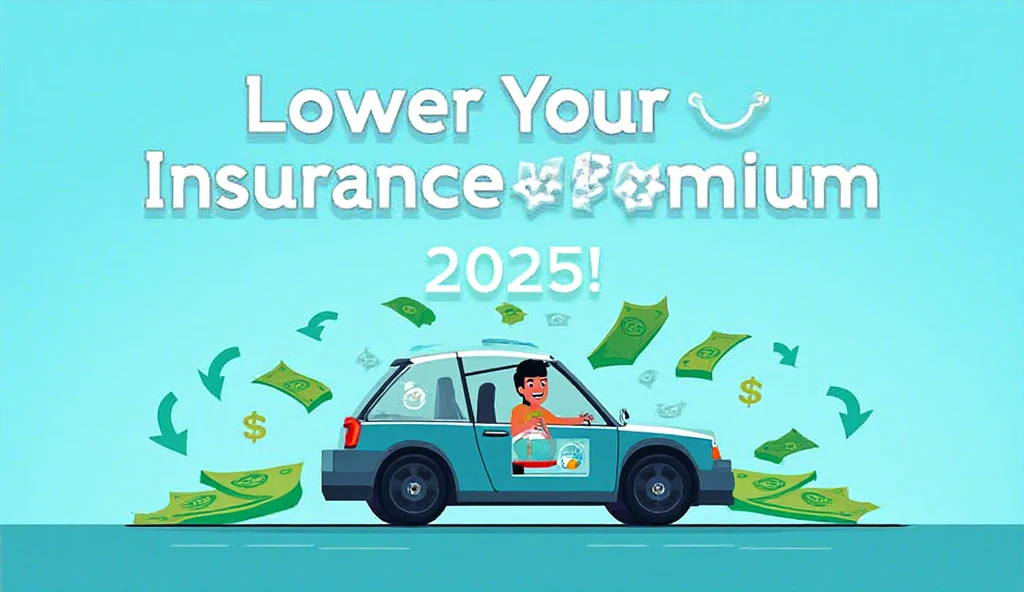Choosing the right type of car insurance can be confusing, especially when you’re trying to balance protection and cost. The two most common types are liability insurance and full coverage insurance — but what’s the difference between them, and which one should you choose?
In this 2025 guide, we’ll explain the key differences between full coverage vs liability car insurance, their benefits, and how to decide which one fits your needs and budget.

What Is Liability Car Insurance?
Liability car insurance is the most basic type of auto insurance and is required by law in most U.S. states and many countries.
It covers the costs of damages or injuries you cause to others in an accident — but not the damages to your own car.
In simple terms:
If you cause an accident, your liability coverage pays for the other person’s medical bills and car repairs, not yours.
Liability Coverage Includes:
- Bodily Injury Liability (BIL) – covers the medical costs, lost wages, and legal fees of the injured person(s).
- Property Damage Liability (PDL) – covers the cost of repairing or replacing the other driver’s car or damaged property.
Example:
If you hit another car and cause $5,000 in damage and $3,000 in medical bills, your liability insurance will cover those expenses — but you’ll pay for your own car repairs.
When Liability Coverage Makes Sense
- You drive an older car with low market value.
- You’re on a tight budget and want the minimum legal protection.
- You can afford to pay for your own repairs if an accident happens.
What Is Full Coverage Car Insurance?
Full coverage insurance isn’t a single type of policy — it’s a combination of multiple coverages that protect both you and your vehicle.
Typically, full coverage includes:
- Liability insurance (required by law)
- Collision coverage
- Comprehensive coverage
Let’s break those down.
1. Collision Coverage
Pays for damage to your car after an accident, regardless of who is at fault.
For example, if you hit a pole or another car, this coverage helps pay for repairs.
2. Comprehensive Coverage
Covers your car against non-collision events, such as:
- Theft or vandalism
- Fire or flood
- Hail, storms, or falling objects
- Animal collisions (like hitting a deer)
When Full Coverage Makes Sense
- You own a new or expensive car.
- Your vehicle is financed or leased (most lenders require full coverage).
- You live in an area with high theft or accident rates.
- You want maximum protection and peace of mind.
Key Differences Between Full Coverage and Liability Insurance
| Feature | Liability Insurance | Full Coverage Insurance |
|---|---|---|
| Covers your car? | ❌ No | ✅ Yes |
| Covers other drivers? | ✅ Yes | ✅ Yes |
| Required by law? | ✅ Yes (in most states) | ❌ No |
| Average annual cost (2025) | $650–$900 | $1,700–$2,200 |
| Ideal for | Older cars, tight budgets | New or financed vehicles |
Pros and Cons of Each Type
Liability Car Insurance
✅ Pros:
- Lowest cost insurance option
- Meets legal requirements
- Simple and straightforward
❌ Cons:
- Doesn’t cover your car
- Out-of-pocket costs after an accident
- Not suitable for high-value vehicles
Full Coverage Car Insurance
✅ Pros:
- Covers your vehicle and others
- Protects against theft, weather, and animal damage
- Peace of mind for all types of incidents
❌ Cons:
- Higher premium costs
- Deductibles can still apply when filing a claim
- May not be worth it for older cars
Which Type of Insurance Is Right for You?
Choosing between liability and full coverage depends on your car’s value, financial situation, and personal comfort with risk.
Here’s a quick way to decide:
✅ Choose Liability Insurance If:
- Your car is more than 8–10 years old or worth less than $5,000.
- You can afford to replace or repair your car yourself.
- You’re trying to keep your insurance premium low.
✅ Choose Full Coverage If:
- You own a new car, or one less than 5 years old.
- Your car is financed or leased.
- You live in an area with high accident or theft rates.
- You want financial protection for unexpected damage or loss.
How to Save Money on Either Type of Policy
No matter which insurance you choose, there are smart ways to lower your premium in 2025:
- Compare multiple quotes using online comparison tools.
- Increase your deductible (the amount you pay before insurance kicks in).
- Bundle your car insurance with home or renters insurance.
- Maintain a clean driving record — safe drivers get better rates.
- Ask about discounts for good driving, low mileage, or installing anti-theft devices.
Real-Life Example:
Case 1:
Sarah drives a 2012 Honda Civic worth £3,000. She chooses liability-only coverage because her car’s value is low, and she can afford repairs if something happens.
Case 2:
James drives a 2023 Tesla Model 3. He opts for full coverage, which protects his vehicle against accidents, theft, and vandalism. Though his premium is higher, he saves thousands if an incident occurs.
The Bottom Line
When comparing full coverage vs liability car insurance, there’s no one-size-fits-all answer.
The best choice depends on your vehicle’s value, budget, and risk tolerance.
In short:
- Liability insurance = cheaper, basic protection for older cars.
- Full coverage insurance = more expensive, but protects your investment.
Always compare quotes, read policy details carefully, and choose a plan that gives you the right balance of cost and protection for your driving needs.



Leave a Comment